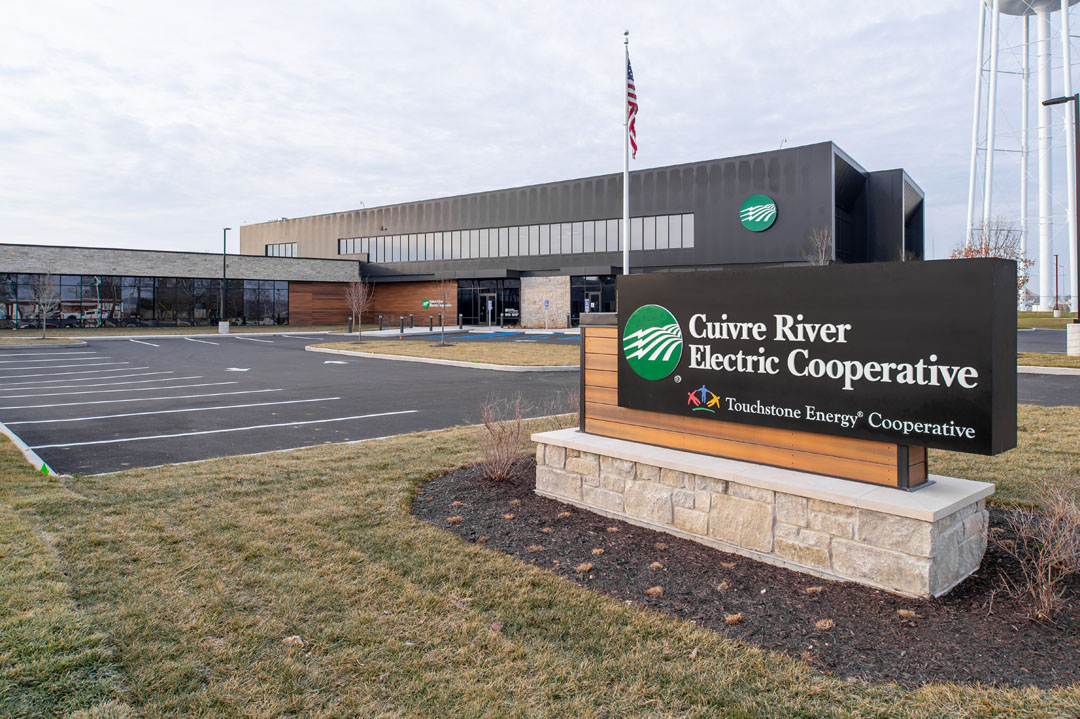A deeper river will allow both larger ships to be utilized and current ships being used to be...
Electric Cooperatives to Play a Lead Role in Rural Energy Transition

Rural communities and electric cooperatives could begin to aggressively close the energy transition gap over the next decade, pivoting from their role as underdogs to leaders on clean energy. Despite an absence of financial incentives, electric co-ops are already transitioning to low or zero-carbon resources at a similar or faster pace than the U.S. national average.
According to a new report from CoBank’s Knowledge Exchange, electric co-ops have quietly emerged as laboratories for clean grid innovation, outpacing investor-owned utilities on smart meter installations, time-based pricing pilots and experimental storage solutions.
“The next chapter of the nation’s transition to renewable energy will require greater supply-side adoption of renewable generation, as well as profound consumer coordination,” said Teri Viswanath, lead energy economist with CoBank. “And, given their unique governance structure built on member alignment, rural electric cooperatives are uniquely equipped to excel at this phase of decarbonization over the last mile.”
Rural communities already host 99% of onshore wind projects and a growing share of utility-scale solar projects, positioning them well for growing economic opportunities. In addition, electric co-ops’ coal dependency largely stems from contracted purchase power agreements rather than coal plant ownership, which gives them more flexibility to transition to renewable energy.
The scope of the opportunity for rural communities is substantial. According to the Department of Energy, solar energy has the potential to power 40% of the nation’s electricity by 2035. Solar currently makes up 5% or about 96 GW of the utility-scale electricity supply. To achieve the 40% solar target, the U.S. would have to double the annual average installations or install 30 GW of solar capacity each year between now and 2025, and 60 GW per year from 2025 to 2030. For rural communities, this accelerated timeline could spur a new cycle of economic development.
Historically, cost considerations have been the primary factor influencing the timing of energy transition in rural communities. Unlike investor-owned utilities where shareholders bear the cost of renewable development projects, electric co-ops must assess those costs to their memberships. However, as the cost of wind and solar developments has fallen, co-ops are increasingly likely to pursue renewable projects for the rural communities they serve.
Thirty-eight states currently have defined renewable or clean energy electricity mandates, with roughly half of U.S. renewable generation growth attributable to these requirements. In turn, the regulatory and public pressure applied by these programs, as well as more favorable economics, have prompted utilities and electric cooperatives to increasingly adopt clean energy goals.
Read the report, From Underdogs to Leaders: Co-ops in Energy Transition.
EDITOR’S TAKE:
Your AIR Editor lives in an area served by an electric cooperative. What this article conveys can be verified by my own experience with the co-op. The co-op board is very progressive when it comes to providing clean, reliable and affordable energy to their service area. As the article points out, where co-ops were once considered the distant cousins, they are now in a lead role to help implement solar, wind and carbon capture projects on farms and ranches across the country!







